I know several people including myself that owned WWII era weapons,
World War II ended 75 years ago – so what happened to the hundreds of millions of weapons that were made for it?
World War II was like no other war: it was warfare on an epic and global scale.
War Production 1939 to 1945 (estimated)
Major weapons groups & System Total
- Tanks, self-propelled artillery, vehicles: 6 million
- Artillery, mortars, anti-tank guns: 8 million
- Aircraft: 850,000
- Missiles: 45,000
- Ships: 55,500
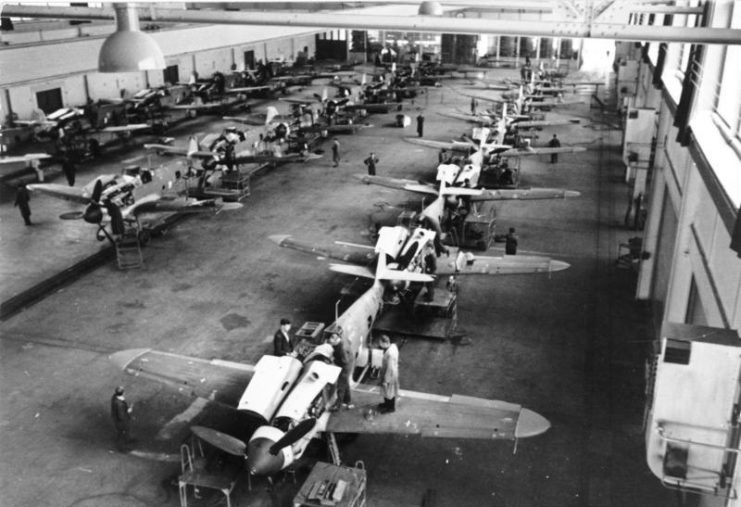
What probably set this war apart from other conflicts was the rapid pace at which technology progressed throughout it.
For instance, at the start of the war, most sides were using prop-driven fighter aircraft such as the French De.520 monoplane.
 But by the end of the conflict, aircraft such as the jet-powered German Me 262 and British Gloster Meteor were entering service and becoming the norm, thus hailing in the postwar dominance of jet propulsion in air warfare.
But by the end of the conflict, aircraft such as the jet-powered German Me 262 and British Gloster Meteor were entering service and becoming the norm, thus hailing in the postwar dominance of jet propulsion in air warfare.
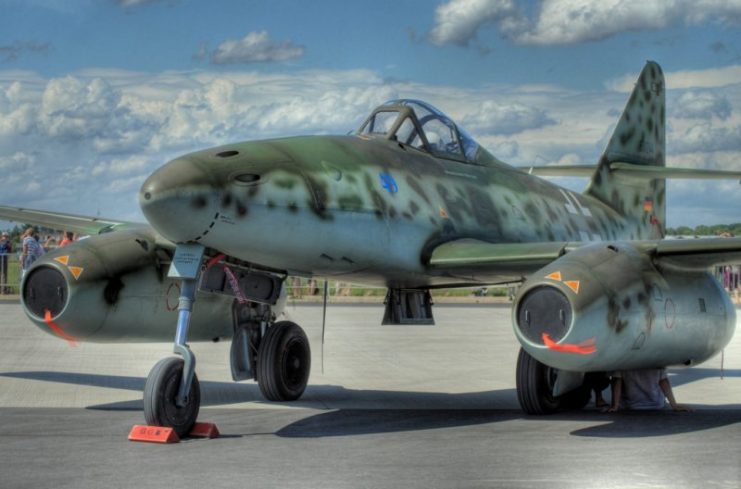
Dewoitine De.520 C.1 compared to the Me 262 A-1a [Percentage Increase]
Maximum speed: 347 mph (560 km/h) 559 mph (900 km/h ) +61%
Rate of climb: 2,820 ft/min (853 m/min) 3,900 ft/min (1,200 m/min ) +38%
Service ceiling: 33,000 ft (10,000 m) 37,565 ft (11,450 m ) +14%
Range: 777 mi (1,250 km) 652 mi (1,050 km) -16%
What actually happened to all this weaponry after the war? Well, the answer is not as straightforward as you might think.
Many of the new types of weaponry which appeared during the war were produced to meet varying needs and specifications. Because they’d been built to such specialist requirements, they rapidly became outdated. This resulted in a huge amount of equipment being scrapped when the fighting was done.
German equipment destroyed in the Mont Ormel area, waiting to be scrapped near the Dives River-Valley
Many vehicles, aircraft, and ships were sold for scrap, being stripped of valuable parts and being melted down as metals like aluminum could be re-used.
The numbers involved were truly staggering. Between 1945 to 1946, around 5,500 aircraft were scrapped at Kingman Air Force Base in Arizona alone.
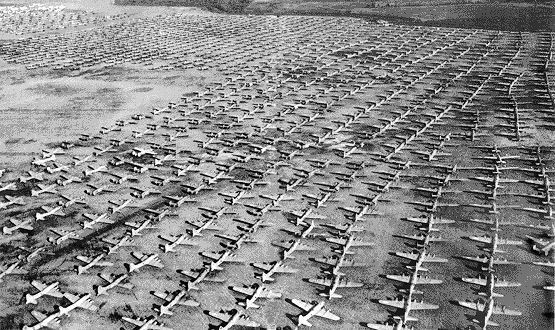
In Germany, the scale of the scrapping was on a similar if not a more intense scale as the ravaged economy was in desperate need of raw materials.
German military aircraft in the yard of a German aluminum works at Grevenbrioch. The wrecked planes will be broken up for scrap.
In addition, a lot of the Allied weaponry was scattered around the world and it was simply too expensive to ship it all home.
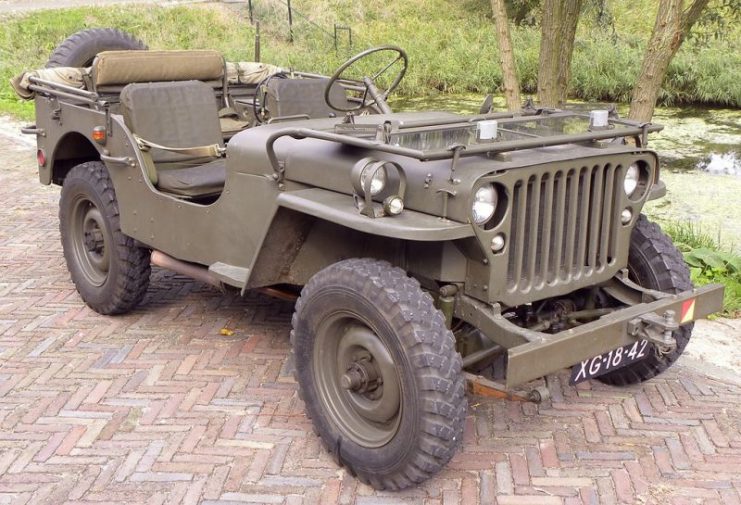
Such a large number of American Jeeps were left behind in the Philippines that a whole new type of public transport was created by converting them into small buses called ‘Jeepneys.’ I'm sure that OldNFO among others have seen those vehicles in their travels.
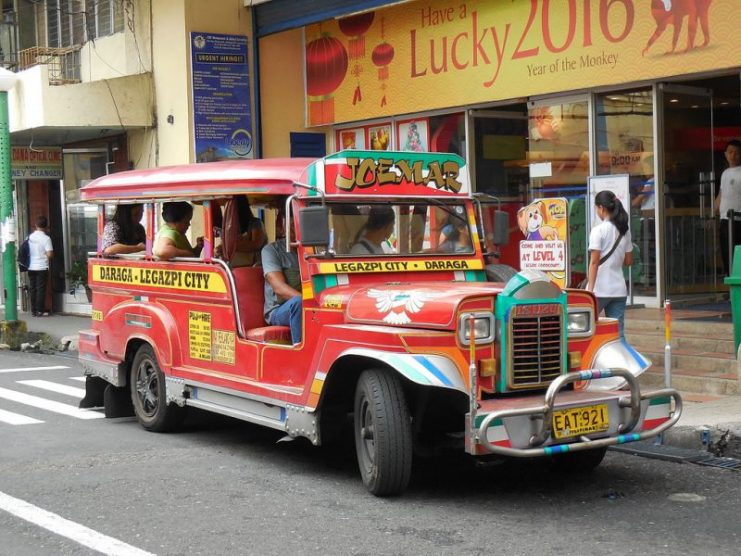
In the case of Libya and Tunisia, there were so many military vehicles left abandoned on the battlefield that recovering them as scrap actually helped the economies of these countries to recover after the war.
Most often, a lot of the equipment used in battle had been destroyed beyond repair. Ships and aircraft were particularly prone to this. A ship sinking a thousand feet to the seabed or an aircraft crashing into the ground at 400 miles per hour was normally completely useless.
The HMS Ark Royal, a British Aircraft Carrier, was torpedoed off Gibraltar by the Germans in 1941. It now rests on the seabed at a depth of around 3,300 ft (1,000 meters).
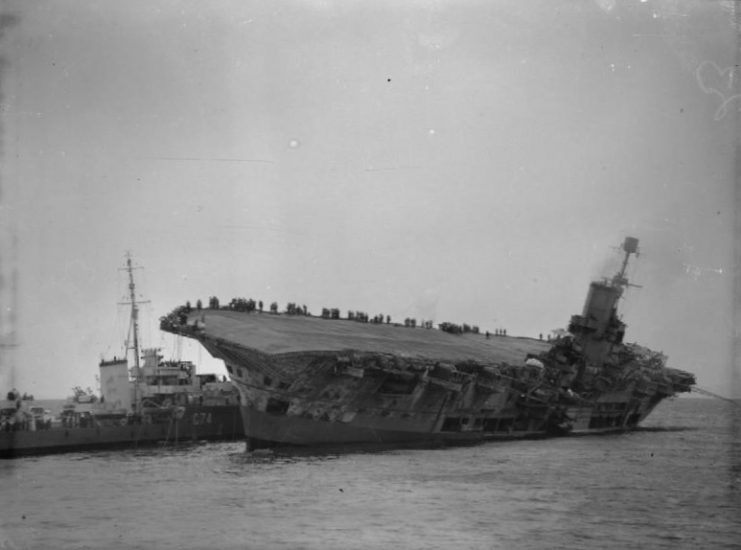
Tanks were a different matter altogether. They could often be recovered from the battlefield, repaired and put back into service quickly. However, by the end of the war, most of these tanks were thoroughly worn out and nearly unserviceable.
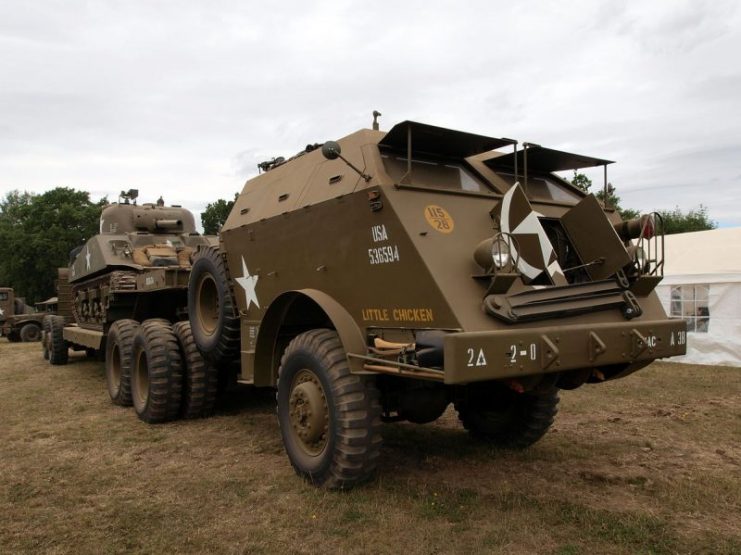
There was also a common problem in that production of many World War II designs had stopped years ago. So vehicles, ships, and aircraft were either getting too old to be adequately maintained, or were no longer effective in a fast-evolving battlefield.

This was particularly true of the German and Japanese equipment, as most of their production capability and infrastructure had been destroyed by the mass bombing campaigns of World War II. This rendered most of their military equipment impractical to use after the war.
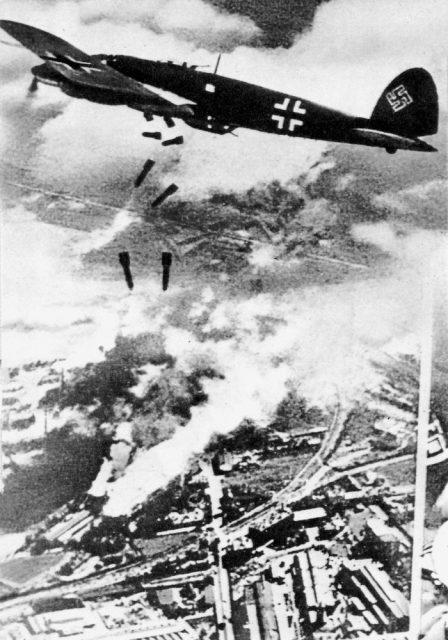
At the end of the war, most German aircraft had been destroyed, were in a bad state of repair, or had been deliberately disabled by their crew. There was also a reluctance by countries to use Axis equipment as such weapons were seen as former tools of oppression and hatred.
Despite that, there were instances where Axis equipment was used out of necessity or desperation. The French used a number of German Panther tanks from the end of the war until 1949, at which point the much delayed (and ultimately very unsuccessful) home-produced ARL-44 heavy tank replaced them.
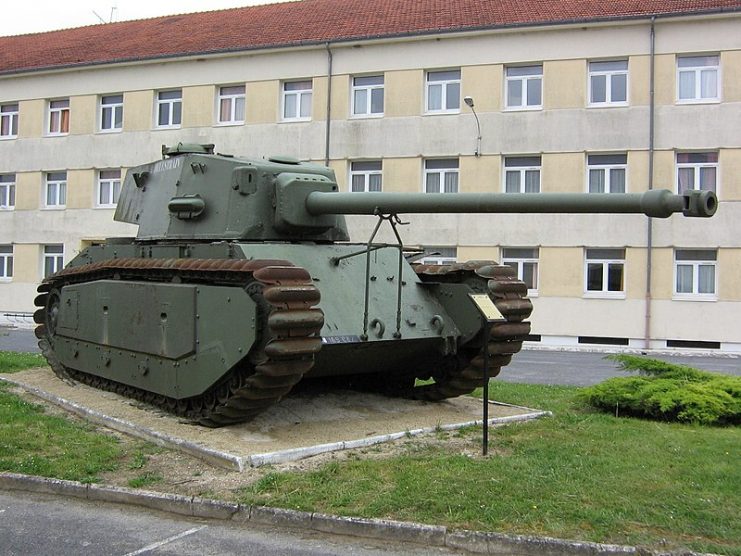
The Lebanese brought a handful of Italian SM 79 medium bombers due to their ties with Italy and the fact they were inexpensive to buy after the war. But the aircraft quickly fell into disuse as they were old and poorly maintained.
The Sturmgewehr 44 Assault rifle was a ground-breaking German design. It arose out of a war-time need for an infantry rifle that was more compact, semi-automatic, and with a large magazine capacity at the expense of a lesser range. The weapon later went on to have a significant influence on the development of the Russian AK-47 assault rifle.

Few survived the war as only a limited number were made and the 7.92×33mm caliber made it impractical for widespread post-war military service. But it was used for a number of years afterward by the East German Paramilitary Police.
The STG 44 was also used by the East German Paramilitary Police Force until 1962. However, such uses of Axis weaponry was the exception rather than the rule.
Often the method to prolong the use of World War II munitions was to upgrade them so that they remained relevant and effective.
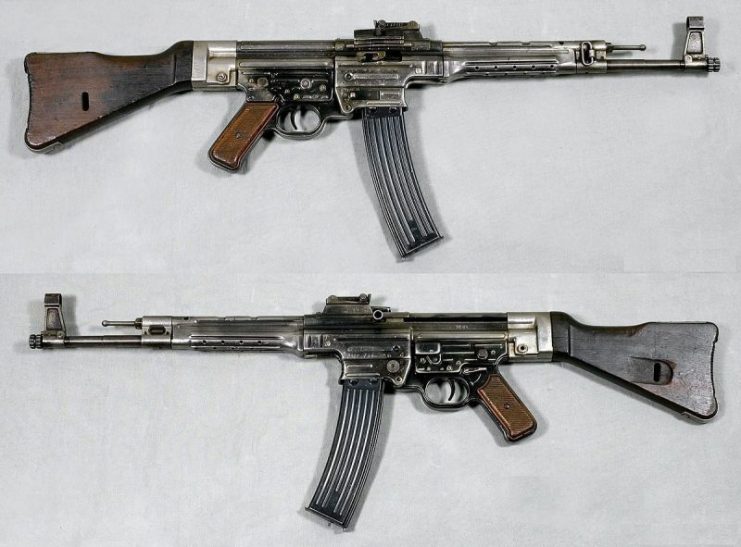
Many armored fighting vehicles proved to have very adaptable designs. They were often modified or upgraded to give them a second life and extend their usefulness.
This trend started during World War II, and a good example was the Czech-supplied Panzer 38(t) which was later rebuilt and turned into the German Tank Destroyer Marder III. The modifications extended its useful service life for another few years although, like many designs, the Marder III had reached the limit of its potential by the end of World War II.
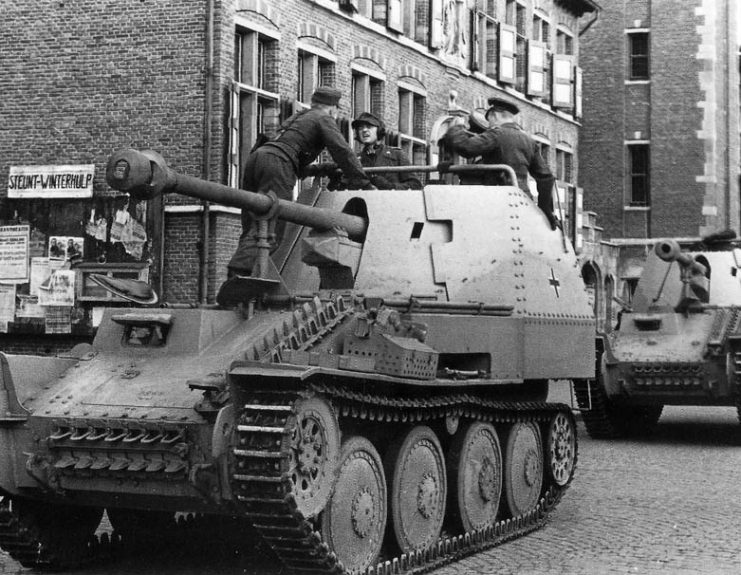
A precedent had been set, and some weaponry proved to have such great potential that it was continually upgraded, often reaching the pinnacle of its design potential long after the war years.
A prime example of this was the American M4 Sherman tank, which was still being upgraded decades after it was first produced.
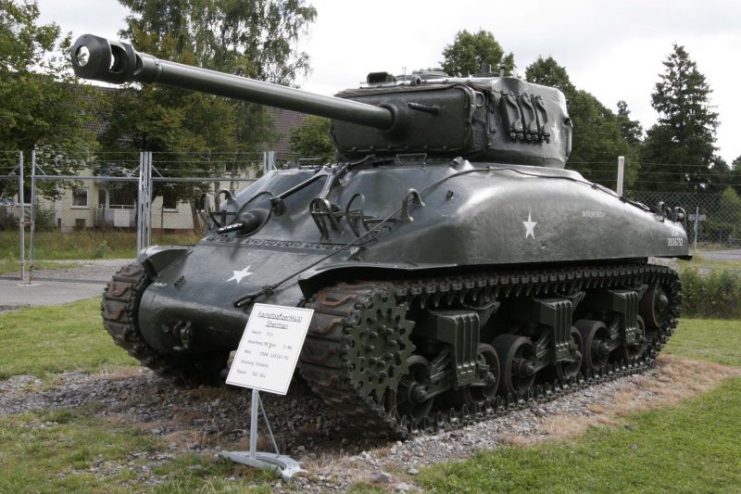
Even as late as the early 1960s the tank was being modified by the Israelis, who upgraded 180 surplus American Sherman M4A1s. They added a shortened version of the powerful French 105 mm F1 gun, as well as giving it a new, improved suspension and engine.
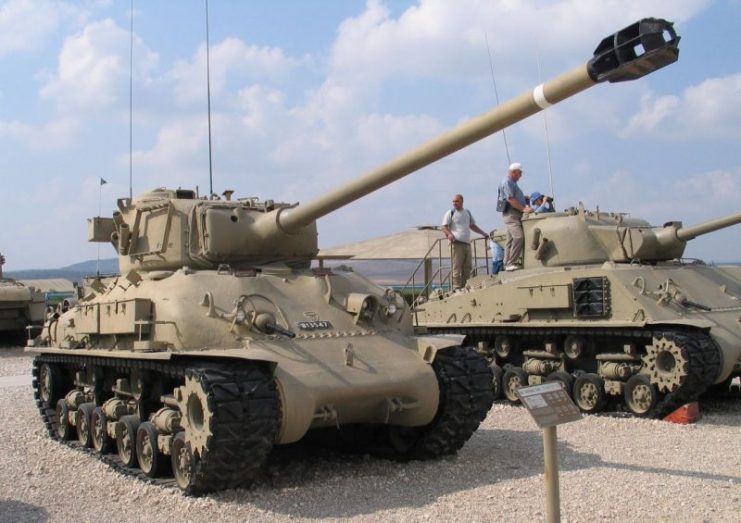
The new tank was given the designation M-51 and nicknamed the “Super Sherman.” It proved highly effective against the more modern Soviet-built T-54, T-55, and T-62 tanks the Arab army was using.
The M-51 was eventually phased out of Israeli service in the 1980s. They sold 100 to the Chilean army who used them until 1999 when they were replaced by Leopard 1s.
Some designs were so good and well made that they soldiered on for years to come with few, if any, modifications. The classic Russian T-34/85 medium tank and the F-4U Corsair naval fighter airplane fell into this category.
The F-4U Corsair was still being produced for years after the war, with production only ending in 1953. After that, the aircraft was slowly phased out of military service until 1976 when the El Salvador Air Force completely replaced it.
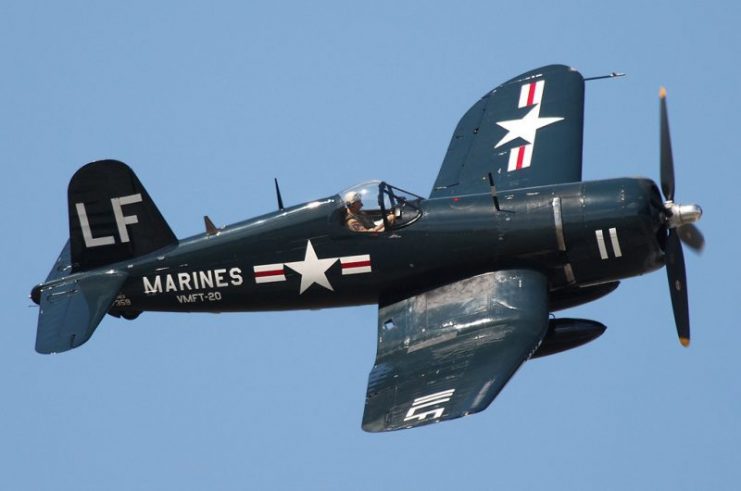
As ships were both costly and time-consuming to build, as well as being very labor intensive to run, many were disregarded after the war. However, some ships, like the USS Iowa, were maintained.
The Iowa was a 58,400 ton American Battleship which was continually updated and kept in service on and off until 1990 before entering the naval reserve and, eventually, in 2011, becoming an official Museum ship.
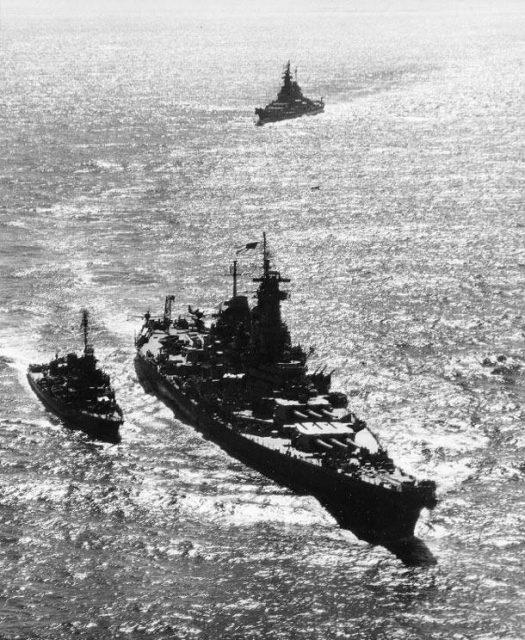
Very few military boats were sold to private individuals, but it is interesting to note that actor, John Wayne, bought a former World War II American YMS-1-class. It was a 136 ft long Yard Mine Sweeper and he ran it for the last 17 years of his life.
It was said that the ship was so expensive to run that it nearly bankrupted him several times and he had to take on extra movies to be able to pay to keep it running.
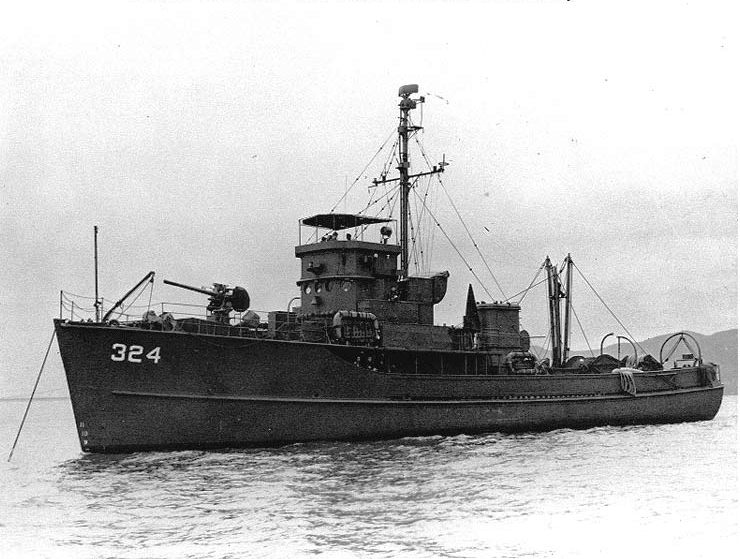
On the other hand, many weapons were so badly designed in the first place that they were scrapped as soon as possible and were never used post-war.
This was the case for both the German Me 163 Komet Jet Interceptor and the Italian Breda 6.5mm Model 30 light machine gun. This gun was prone to over-heating and jamming as well as having no carrying handle, a small magazine capacity, and a barrel changing issue.
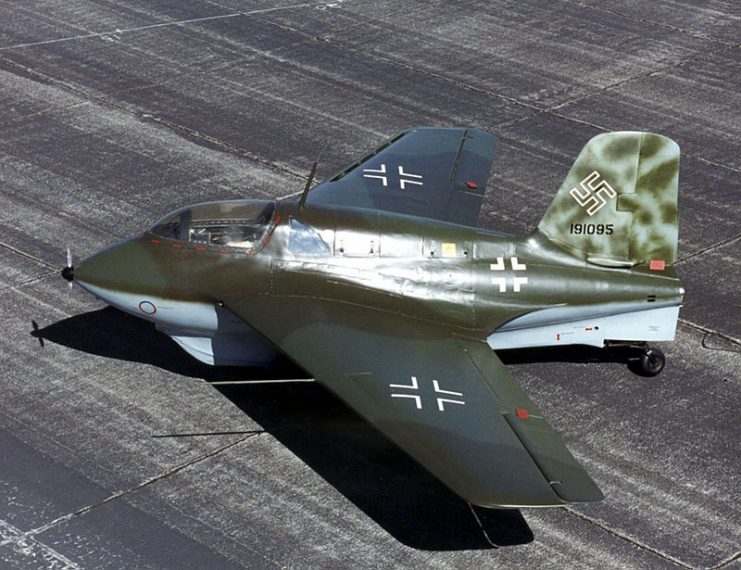
Some World War II surplus stock was very attractive to buy as it was in plentiful supply and the designs were combat proven. Such stock had the added bonus of being readily available and often at very affordable prices. For instance, a lot of third world countries bought World War II aircraft like the American P-51 Mustang for counter-insurgency duties.
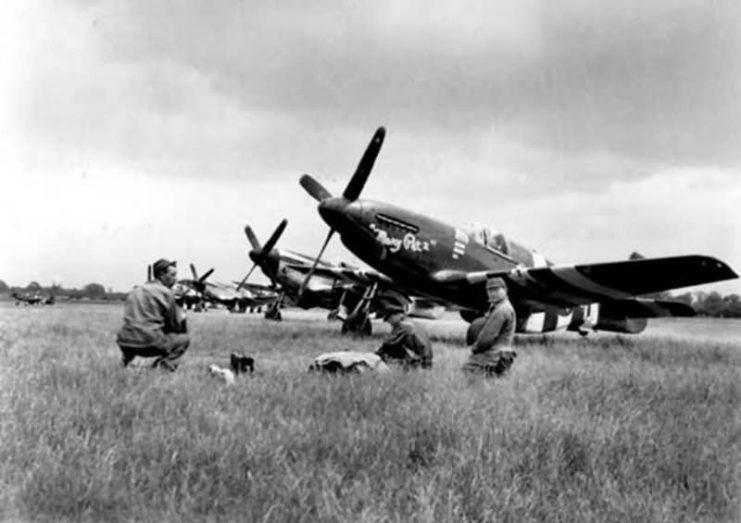
Such surplus stock could even be cannibalized for spare parts to keep a weapon that was out of production running for years.
A lot of small arms were so robustly built for the demanding environment of the battlefields that they were able to be kept in use for a very long time. They also proved popular on the civilian market because they often were extremely simple to operate – they were designed to be so because mostly they were used by conscripts or poorly trained troops.
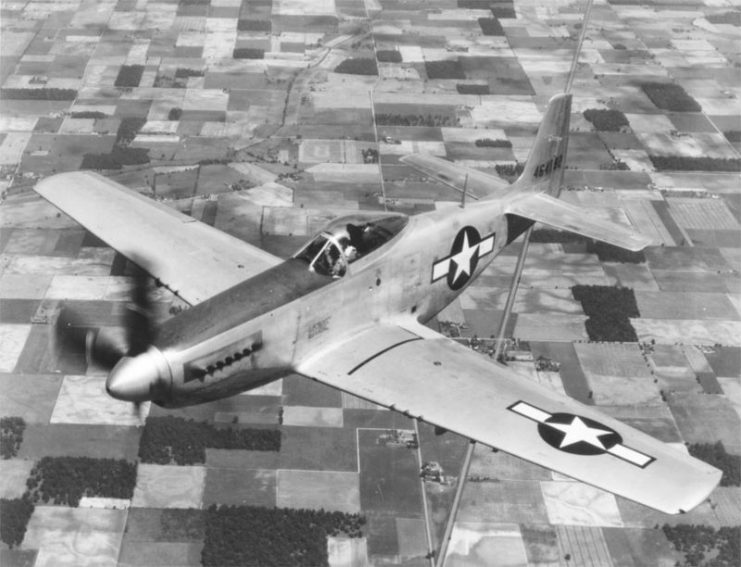
As such, a lot of the small arms from World War II had long military careers after the war. The American M3 sub-machine gun was used until recently by the Philippine Army, and the British Bren light machine gun was only finally phased out of service from the Irish Army Reserves in 2006.
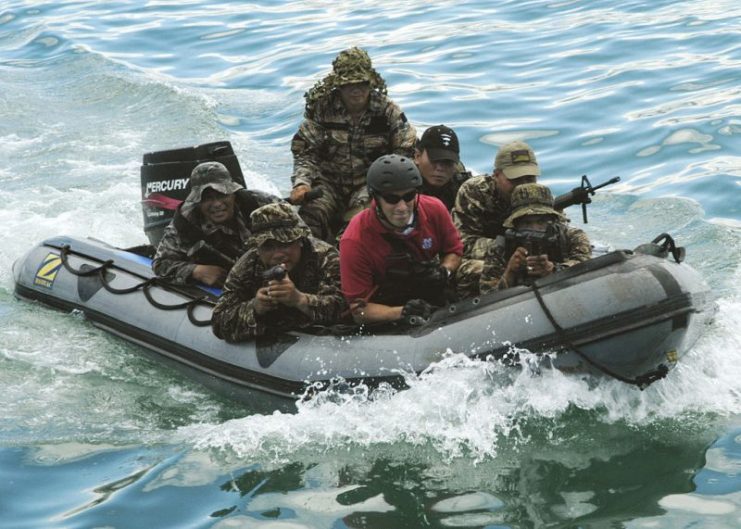
Some weapons are just so well designed or eminently suitable for updating that they have stayed in service up to the present day. The M1 Garand rifle and the Colt M1911A1 automatic handgun are two excellent examples.
One firearm which provided itself to be exceptional was the American M1 Garand .30 caliber semi-automatic rifle.
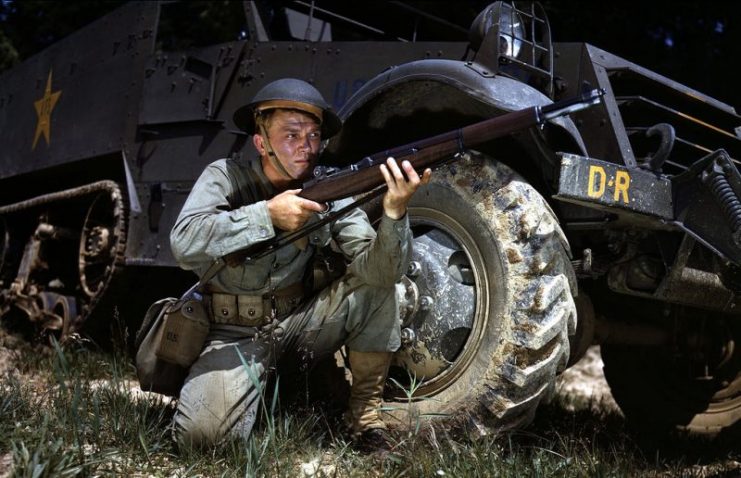
After the war, it found a new market, at first in its original form before continuing in front-line service after being modified to become the M14 rifle 7.62 mm, selective fire automatic rifle. This gun stayed in the American Army and Marine Corp service until 1964, when it began to be replaced by the M-16 5.56mm automatic rifle.
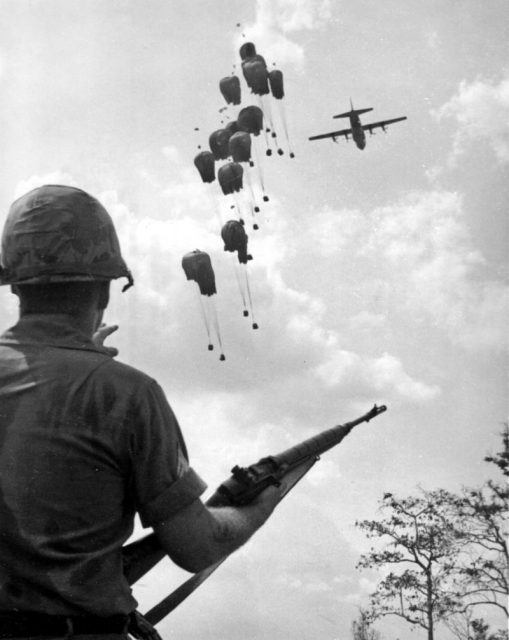
World War II second-hand small arms were popular for decades. It is a sad fact that the weapon used by Lee Harvey Oswald in 1963 to kill the American President, JFK, was a war surplus Italian Carcano Model 91/38 rifle, that he had bought by mail order for just $12.98 ($299 at Classic Firearms.com at present time and eligible for C&R.)
Some of the ex-military equipment of World War II was put to more unusual but still practical use. For instance, since 1964, the now world famous Reno Air Races in Nevada, United States, has included a category called “Unlimited Gold” which is solely for World War II aircraft.
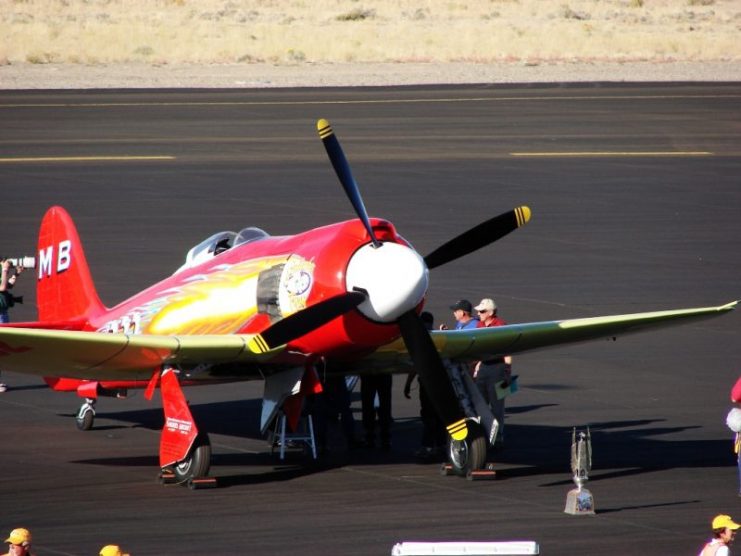
The 2018 winner of this class was a British TMK 20 Sea Fury which had a course average speed of 418 mph (over 673 kph). Other participants were F-8F Bearcats and P-51D Mustangs.
Some military vehicles were converted to agricultural use. This was particularly the case in Australia. The turrets were taken off British Matilda tanks and bulldozer blades were added, while Sherman tanks were used to help plow fields.
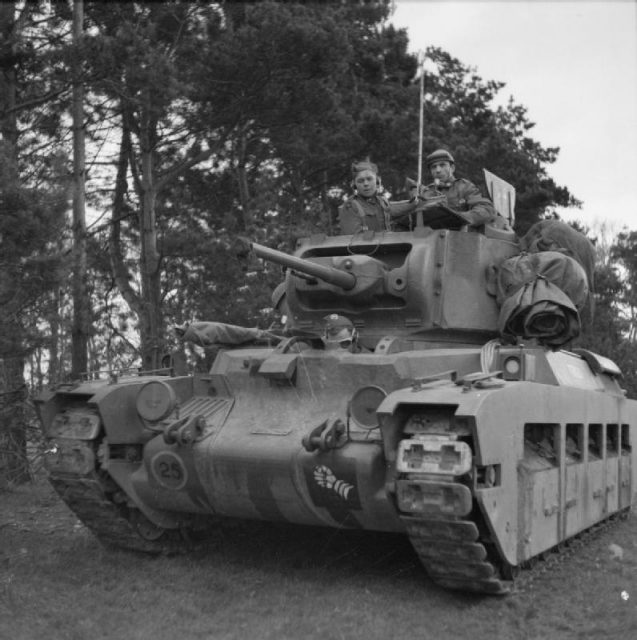
While many aircraft found new leases of life well into the 1950s and 60s as trainers, target tugs, or transporters, the American DC3 Dakota military transporter is still used today as a cargo carrier in some South American countries.
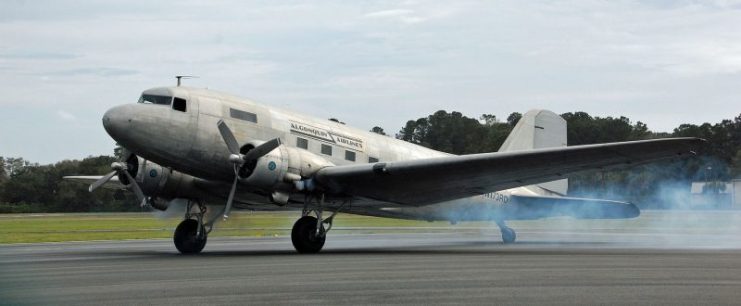
The Canadian naval World War II cargo ship, the Cromwell Park, was subsequently used to create an artificial reef in Rivera Beach, Florida. The ship had been sold for commercial shipping in 1946 and renamed the Harmac Vancouver. Later, it was sold on again, this time to a Greek company where it was renamed Amaryllis.
In 1965, the ship was trying to take shelter from a hurricane when it ran aground on the East Coast of Florida in the United States. In 1968, the ship was towed to a spot that was 85 feet (almost 26 meters) deep and sunk to make a permanent artificial reef.

Over 70 years later, these weapons are still around is a testimony to their enduring design and ingenuity.



https://wwiiafterwwii.wordpress.com/
ReplyDeleteIncredibly detailed in places on what happened to so much of the WW2 arms.
Great post, and yes, I've ridden in Jeepneys more than once! Scary, to put it mildly!!!
ReplyDelete